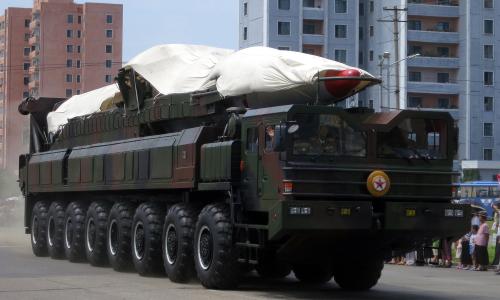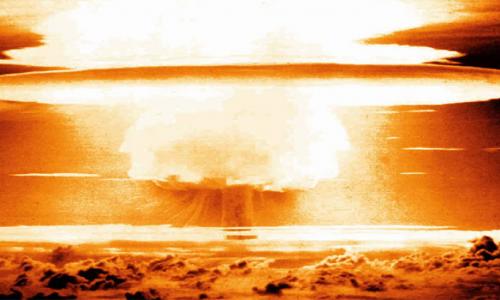The exploration and use of outer space, including the Moon and other celestial bodies, shall be carried out for the benefit and in the interests of all countries, irrespective of their degree of economic or scientific development, and shall be the province of all mankind.
So stated the landmark Outer Space Treaty, which entered into force on October 10, 1967. With this treaty, scores of states, including all the spacefaring nations at the time, laid out the fundamental principles by which outer space is to be governed.
Key among these principles: space is to be used for peaceful purposes; states parties must exercise due regard to the interests of others and avoid harmful contamination while using space; and no state can appropriate space or celestial bodies.
The treaty’s drafters could be forgiven for not anticipating the technological and geopolitical changes that have come about in the intervening decades. While the Treaty bans the placement of weapons of mass destruction in space, it provides less explicit guidance about other military uses of space.
At the time, many national security activities in space, such as verification of arms control agreements and warning of ballistic missile launches, were essentially stabilizing. Today, military space capabilities are less clearly “peaceful” and are a yet greater source of contention.



